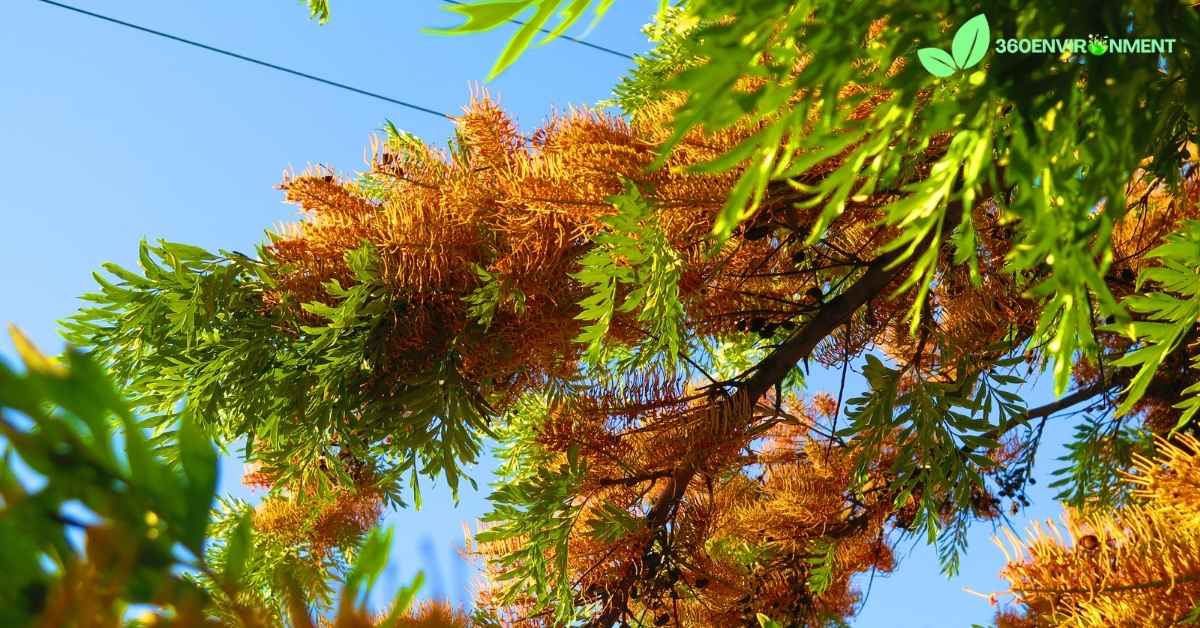The silver oak plant, scientifically known as Grevillea robusta, is an evergreen tree native to the eastern regions of Australia. While not a true oak, it shares some physical characteristics with oak trees, particularly in terms of its towering height and dense canopy. The silver oak plant has become well-known for its attractive foliage, ornamental appeal, and its valuable timber. Over the years, it has been widely introduced to other parts of the world, such as Africa, India, South America, and Southeast Asia, due to its adaptability and wide-ranging applications in agroforestry, landscaping, and restoration projects.
This article explores the environmental niche of the silver oak plant, highlighting its ecological roles, adaptive traits, and significance in both natural and human-modified environments. We will delve into its contributions to biodiversity, its interaction with wildlife, and the challenges it may pose when introduced into non-native ecosystems. Additionally, we will discuss its utility in agroforestry systems, its role in timber production, and conservation efforts aimed at protecting this vital species.
1. Overview of the Silver Oak Plant
The silver oak plant is a fast-growing, tall tree species, renowned for its ornamental beauty and economic value. It is a member of the Proteaceae family, which includes other Australian natives such as banksias and macadamias. While the silver oak is primarily used for its timber and shade, it also has significant ecological functions, particularly in its native environment and in the regions where it has been introduced.
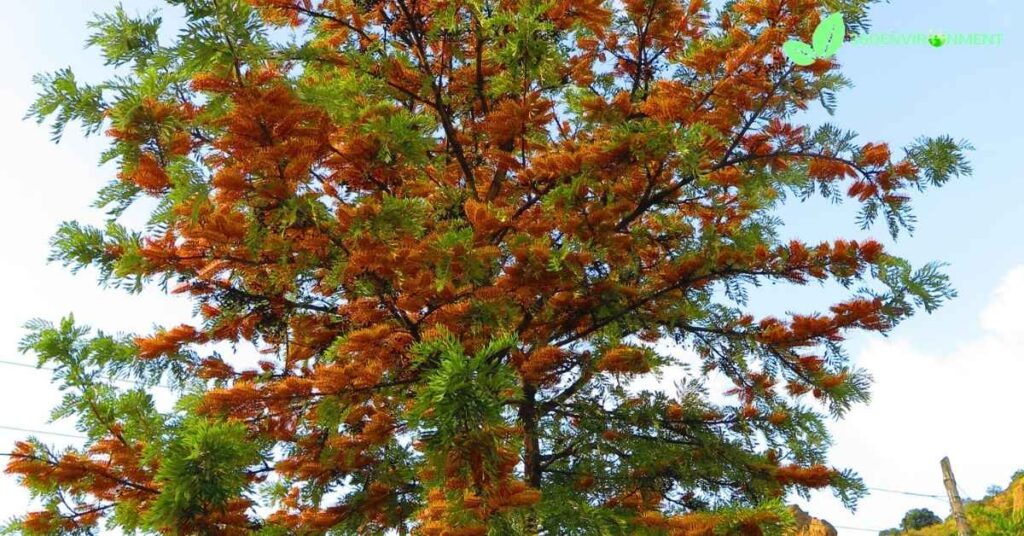
1.1. Physical Characteristics
The silver oak plant is easily recognizable by its towering stature and distinct silvery-green foliage, which gives it its common name. Below are some of the key characteristics that define this species:
- Height: The silver oak can reach heights of up to 30 meters (about 100 feet) when fully mature. Its straight trunk and wide-spreading canopy make it an impressive sight in both natural and cultivated settings.
- Leaves: The leaves of the silver oak are deeply lobed, pinnate, and fern-like in appearance. They are typically dark green on the upper surface and silvery on the underside, which helps reflect sunlight and reduce water loss in hotter climates.
- Flowers: The silver oak produces bright orange-yellow flowers, typically arranged in racemes. These flowers are nectar-rich and attract a wide range of pollinators, including bees, butterflies, and birds, making the tree an important contributor to local ecosystems.
- Seeds: After flowering, the tree produces small, woody follicles that contain winged seeds. These seeds are dispersed by the wind, allowing the tree to colonize new areas.
1.2. Growth Habits and Life Cycle
The silver oak plant is a relatively fast-growing species, particularly during the first decade of its life. Its growth rate, along with its adaptability to a wide range of soil types and climatic conditions, makes it an ideal candidate for reforestation and agroforestry projects.
- Early Growth: The silver oak grows rapidly in its early stages, often reaching heights of 10-15 meters within the first 5-10 years. This fast growth is advantageous for shade provision and timber production.
- Longevity: The silver oak is a long-lived tree, with some specimens living for over 100 years. This longevity ensures that the tree can continue to provide ecological benefits, such as carbon sequestration, habitat, and soil stabilization, for many decades.
- Reproductive Cycle: The silver oak flowers in spring and summer, and its seeds mature in late summer or early autumn. The tree relies on wind and pollinators to facilitate seed dispersal and reproduction.
2. Habitat and Geographic Distribution of the Silver Oak Plant
The silver oak plant is native to the coastal and mountainous regions of eastern Australia, but it has been widely cultivated and naturalized in other parts of the world. Its adaptability to a range of climates and soil types has made it a popular choice for planting in tropical, subtropical, and even semi-arid environments.
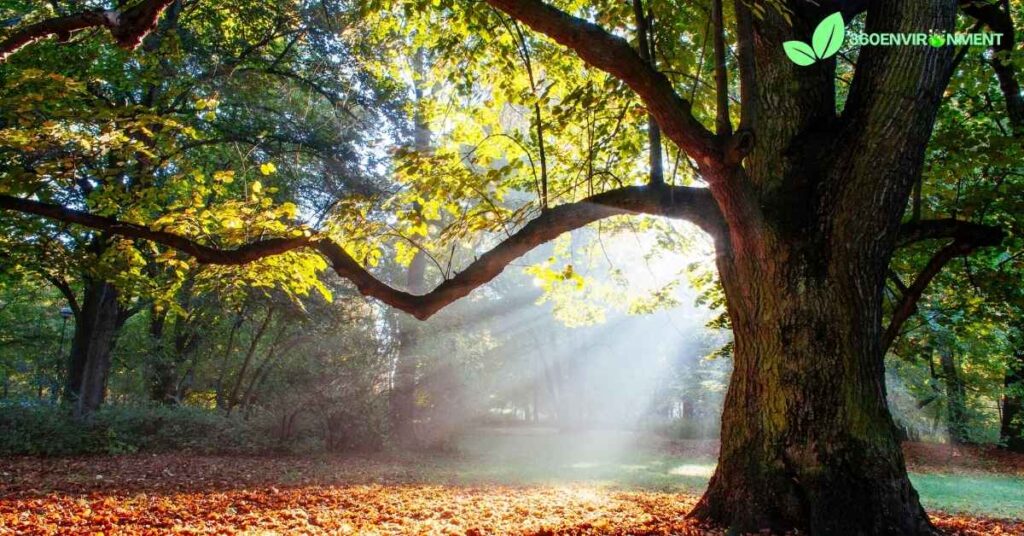
2.1. Native Range: Australia
In its native Australia, the silver oak plant is primarily found in the forests of New South Wales and Queensland. These regions are characterized by their warm, temperate, and humid climates, which provide ideal growing conditions for the tree.
- Rainforests and Woodlands: The silver oak thrives in coastal rainforests and woodlands, where it forms part of the upper canopy layer. Its dense foliage provides shade and habitat for numerous species of birds, insects, and small mammals.
- Riverbanks and Mountain Slopes: In addition to rainforests, silver oaks are commonly found along riverbanks and in mountainous regions, where their deep root systems help prevent soil erosion and stabilize the landscape.
2.2. Introduced Range: Global Expansion
The silver oak plant has been introduced to various parts of the world, particularly in Africa, India, Southeast Asia, and South America. Its introduction is largely due to its value as a timber tree and its ability to thrive in diverse climatic conditions.
- Africa: In East Africa, particularly in countries like Kenya and Tanzania, silver oak has become an integral part of agroforestry systems. It is grown alongside crops such as coffee and tea, providing shade and improving soil fertility.
- India: In India, silver oak is commonly used in tea and coffee plantations as a shade tree. Its tall, upright growth and relatively light canopy make it ideal for shading crops without competing for water or nutrients.
- South America: In parts of Brazil and Argentina, silver oak is grown for timber and as a component of reforestation efforts in degraded areas.
2.3. Environmental Conditions and Soil Preferences
The silver oak plant is highly adaptable to a wide range of environmental conditions. It can tolerate poor soils, high temperatures, and periods of drought, making it a versatile species in many different ecosystems.
- Climate: The silver oak thrives in warm, humid climates but can also tolerate drier conditions. It is frost-sensitive, which limits its growth in colder regions.
- Soil: While the silver oak prefers well-drained, fertile soils, it can grow in poor soils, including those that are sandy, rocky, or slightly acidic. This ability to tolerate a wide range of soil types makes it valuable in soil rehabilitation projects.
3. Ecological Roles and Benefits of the Silver Oak Plant
The silver oak plant plays several important ecological roles, both in its native range and in areas where it has been introduced. Its presence in ecosystems supports biodiversity, provides habitat for wildlife, and contributes to important environmental processes such as carbon sequestration and soil stabilization.
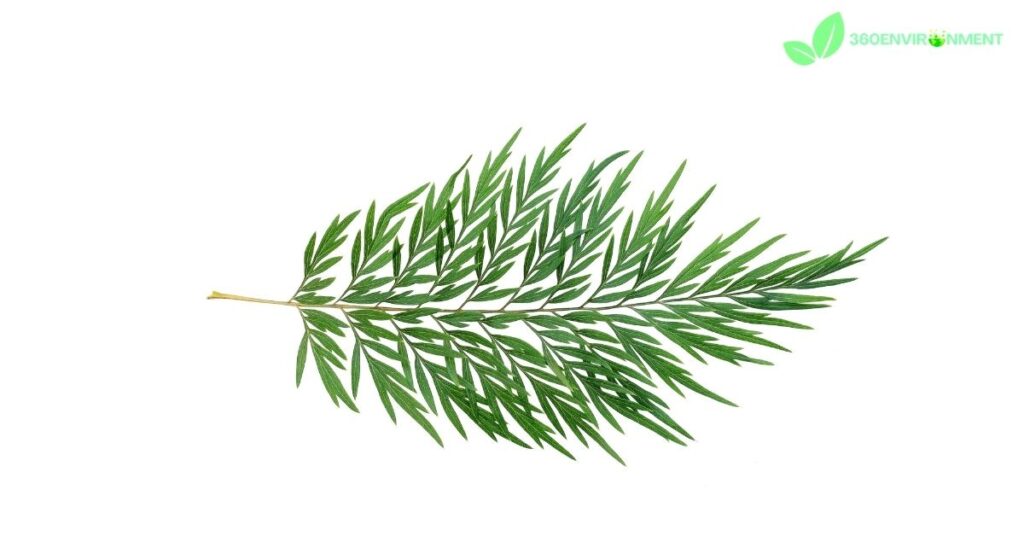
3.1. Habitat and Biodiversity Support
The silver oak plant is an essential component of the ecosystems it inhabits, providing habitat, food, and shelter for a variety of organisms.
- Birds and Insects: The flowers of the silver oak are rich in nectar, attracting a wide range of pollinators, including bees, butterflies, and birds such as honeyeaters. These pollinators play a critical role in maintaining the health of the surrounding ecosystem by facilitating plant reproduction and providing food for other wildlife.
- Small Mammals: The dense foliage of the silver oak provides shelter for small mammals, such as possums and bats, which rely on the tree for protection from predators and harsh weather conditions.
- Soil Microorganisms: The silver oak also supports a diverse community of soil microorganisms. Its leaf litter contributes organic matter to the soil, promoting nutrient cycling and enhancing soil fertility.
3.2. Soil Stabilization and Erosion Control
One of the key ecological functions of the silver oak plant is its ability to stabilize soil and prevent erosion. This is particularly important in areas prone to land degradation, such as riverbanks, hillsides, and deforested landscapes.
- Deep Root System: The silver oak’s deep and extensive root system helps anchor soil in place, reducing the risk of landslides and soil erosion. This makes it a valuable species for planting in areas where soil erosion is a concern.
- Rehabilitation of Degraded Lands: In regions where deforestation or overgrazing has led to soil degradation, the silver oak is often used in reforestation and rehabilitation projects. Its fast growth and ability to improve soil structure make it an effective tool for restoring ecosystems.
3.3. Carbon Sequestration and Climate Mitigation
As a fast-growing, long-lived tree, the silver oak plant plays a significant role in carbon sequestration, which is the process of capturing and storing atmospheric carbon dioxide. This helps mitigate the effects of climate change by reducing the amount of carbon in the atmosphere.
- Carbon Storage: Throughout its life, the silver oak sequesters large amounts of carbon in its biomass, including its trunk, branches, leaves, and roots. This stored carbon remains locked in the tree for decades, helping reduce greenhouse gas emissions.
- Climate Resilience: In addition to its role in carbon sequestration, the silver oak is valued for its resilience to changing climate conditions. Its ability to thrive in both wet and dry environments makes it an important species for promoting climate resilience in reforestation and agroforestry systems.
4. Agroforestry and Economic Value of the Silver Oak Plant
The silver oak plant is highly valued for its contributions to agroforestry systems, timber production, and ornamental landscaping. Its fast growth, adaptability, and economic benefits make it a popular choice for farmers, foresters, and landscapers alike.
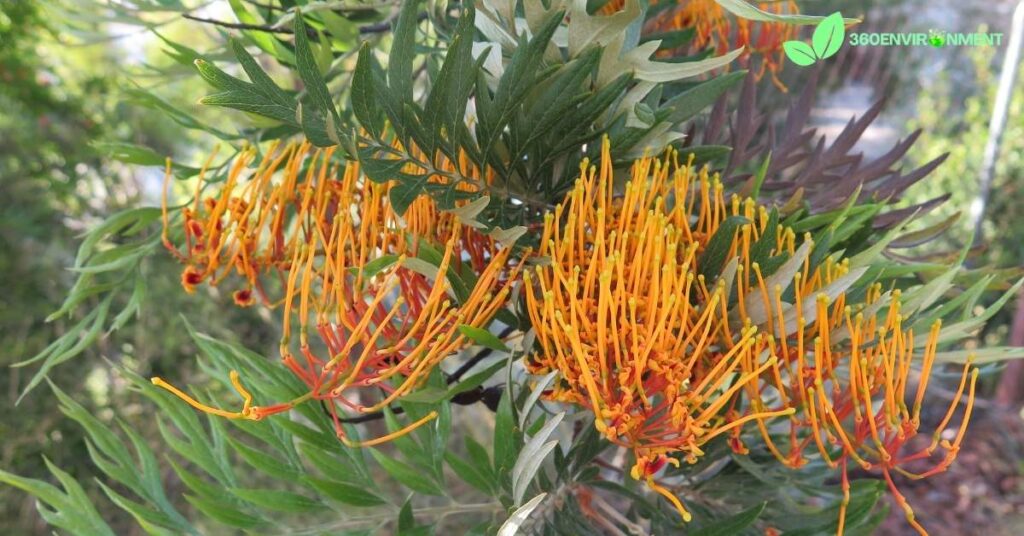
4.1. Agroforestry and Shade Provision
In many regions, particularly in Africa and India, the silver oak plant is commonly used in agroforestry systems to provide shade for crops such as coffee, tea, and cacao. Its tall, upright growth and relatively sparse canopy allow sunlight to filter through while still providing adequate shade.
- Shade for Crops: Coffee and tea plantations benefit from the shade provided by silver oaks, which helps protect crops from excessive heat and improves soil moisture retention. The presence of silver oaks in these systems can also reduce the need for chemical fertilizers by improving soil fertility through leaf litter decomposition.
- Improving Crop Yields: Research has shown that incorporating silver oak into agroforestry systems can improve crop yields by creating a more favorable microclimate for growth. The trees help regulate temperature and humidity, which can enhance the productivity of shade-loving crops.
4.2. Timber Production
The silver oak plant is also widely used for its timber, which is prized for its strength, durability, and attractive grain. Silver oak timber is commonly used in construction, furniture-making, and flooring.
- High-Quality Timber: The wood of the silver oak is relatively lightweight but strong, making it suitable for a variety of uses. It is resistant to termite attacks and has a beautiful, straight grain that makes it popular in furniture-making and decorative woodwork.
- Sustainable Timber Harvesting: In regions where silver oak is grown for timber, sustainable harvesting practices are essential to ensure that the tree populations remain healthy and that ecosystems are not disrupted. Reforestation programs often include silver oak as part of a broader strategy to promote sustainable forestry.
4.3. Ornamental Use and Urban Landscaping
In addition to its roles in agriculture and forestry, the silver oak plant is commonly used as an ornamental tree in urban landscaping. Its attractive foliage and bright flowers make it a popular choice for parks, gardens, and street plantings.
- Urban Greening: In cities and towns, silver oaks are often planted along streets and in public spaces to provide shade and improve air quality. Their ability to tolerate pollution and poor soil conditions makes them well-suited to urban environments.
- Aesthetic Appeal: The silvery-green leaves and vibrant orange-yellow flowers of the silver oak add visual interest to landscapes. The tree’s fast growth and ability to thrive in a range of climates also make it a low-maintenance choice for landscapers.
5. Environmental Challenges and Invasive Potential
While the silver oak plant offers numerous ecological and economic benefits, its introduction into non-native ecosystems has sometimes led to environmental challenges. In certain regions, the tree has exhibited invasive tendencies, outcompeting native species and altering local ecosystems.
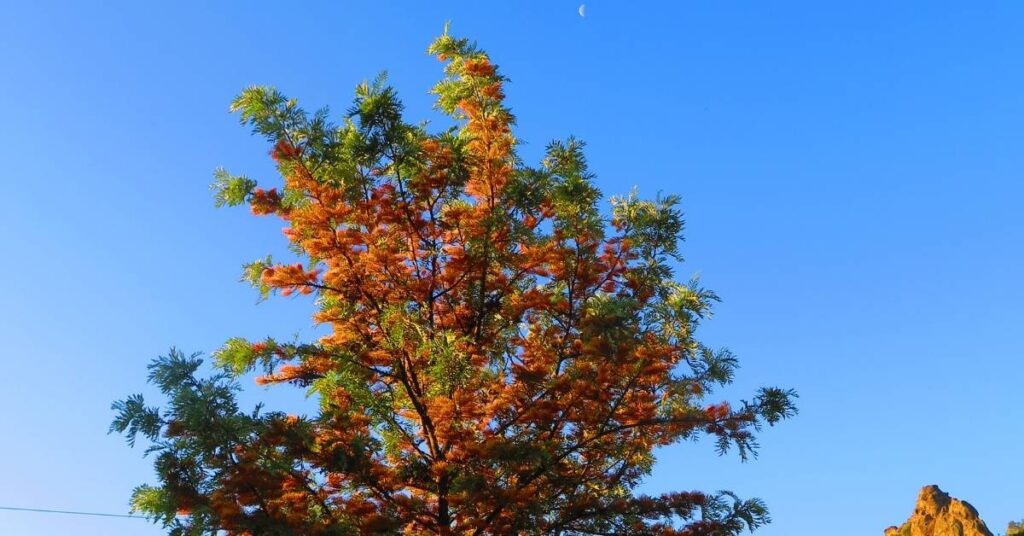
5.1. Invasiveness in Non-Native Regions
In some parts of the world, particularly in tropical and subtropical regions, the silver oak plant has demonstrated invasive behavior, spreading beyond its intended planting areas and disrupting local ecosystems.
- Competition with Native Species: In regions where silver oaks have become invasive, they can outcompete native plant species for resources such as water, sunlight, and nutrients. This can lead to a reduction in biodiversity and negatively impact the health of ecosystems.
- Management and Control: Controlling the spread of invasive silver oaks requires careful management, including the use of mechanical removal and, in some cases, herbicides. In areas where the tree poses a threat to native species, reforestation efforts often focus on planting native trees to restore balance to the ecosystem.
5.2. Ecological Impacts of Introduction
The introduction of the silver oak plant into non-native ecosystems can have unintended ecological consequences, particularly when the tree becomes established in sensitive habitats.
- Alteration of Ecosystem Dynamics: In areas where silver oaks have become dominant, they can alter the structure of ecosystems by changing the composition of plant and animal communities. This can disrupt the ecological balance and lead to the loss of native species.
- Soil and Water Impacts: The deep root system of the silver oak can deplete soil moisture, particularly in areas with limited water availability. In some cases, the tree’s presence can lead to soil degradation, making it difficult for other plants to establish.
6. Conservation and Restoration Efforts Involving the Silver Oak Plant
Despite its potential as an invasive species in some regions, the silver oak plant also plays an important role in conservation and restoration efforts. Its fast growth, ability to improve soil quality, and contributions to biodiversity make it a valuable tool in reforestation and habitat restoration projects.
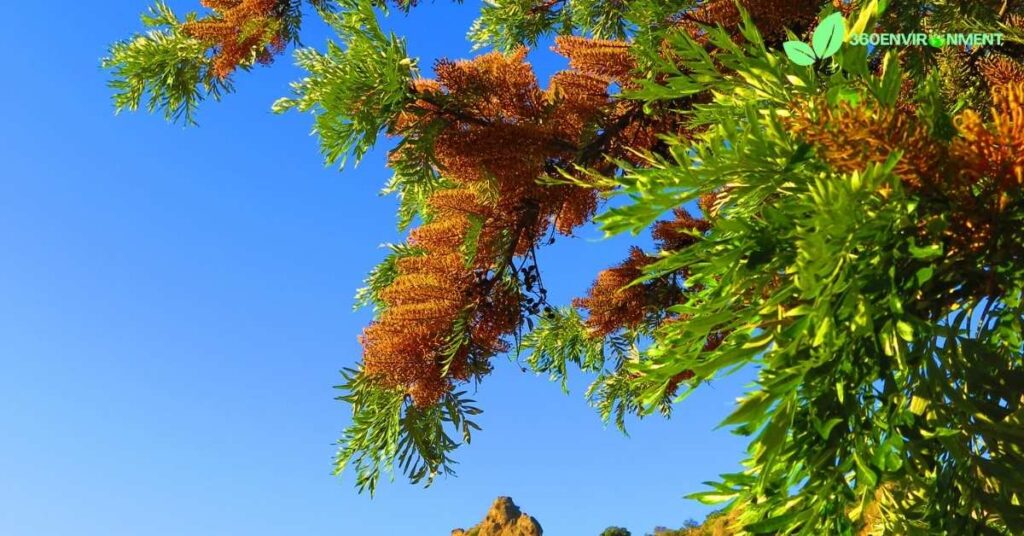
6.1. Role in Reforestation and Habitat Restoration
In areas where deforestation has led to soil erosion and habitat loss, the silver oak plant is often used as a pioneer species in reforestation efforts. Its ability to establish quickly and stabilize soil makes it an ideal choice for restoring degraded landscapes.
- Restoring Degraded Lands: The silver oak is frequently used in reforestation programs aimed at rehabilitating areas affected by logging, agriculture, or mining. Its fast growth and deep root system help prevent further soil erosion and create favorable conditions for the establishment of other plant species.
- Biodiversity Support: By providing habitat and food for a variety of wildlife, the silver oak helps promote biodiversity in restored ecosystems. Its flowers attract pollinators, while its dense canopy offers shelter for birds and mammals.
6.2. Conservation of Native Silver Oak Populations
In its native Australia, the silver oak plant is valued for its role in supporting biodiversity and maintaining healthy ecosystems. Conservation efforts in Australia focus on protecting native silver oak populations from habitat loss, disease, and climate change.
- Habitat Protection: Protecting the natural habitats where silver oaks grow is critical for ensuring the survival of this species in the wild. Conservation organizations work to preserve rainforests, woodlands, and other ecosystems where the silver oak plays a key role.
- Climate Resilience: As climate change affects the distribution and health of forests, silver oaks are being studied for their potential to adapt to changing environmental conditions. Researchers are exploring how the tree can be used to promote climate resilience in both natural and human-modified landscapes.
Conclusion: The Ecological and Economic Importance of the Silver Oak Plant
The silver oak plant is a highly adaptable and ecologically significant species that plays important roles in both natural and human-modified environments. Its ability to provide shade, timber, and habitat, along with its contributions to soil stabilization and carbon sequestration, make it a valuable asset in agroforestry systems, reforestation projects, and urban landscaping.
However, the silver oak’s introduction into non-native ecosystems requires careful management to prevent invasive behavior and protect local biodiversity. By understanding the environmental niche of the silver oak plant, we can better appreciate its ecological contributions and develop strategies to manage its impact in various regions.
In a world increasingly focused on sustainability and environmental restoration, the silver oak plant serves as a symbol of nature’s resilience and the importance of balancing human needs with ecological stewardship. Through responsible management and conservation efforts, this remarkable tree can continue to thrive and provide benefits to both people and the planet for generations to come.
Read More: Walnut Color: Exploring Its Ecological Significance, Uses, and Role in Nature

